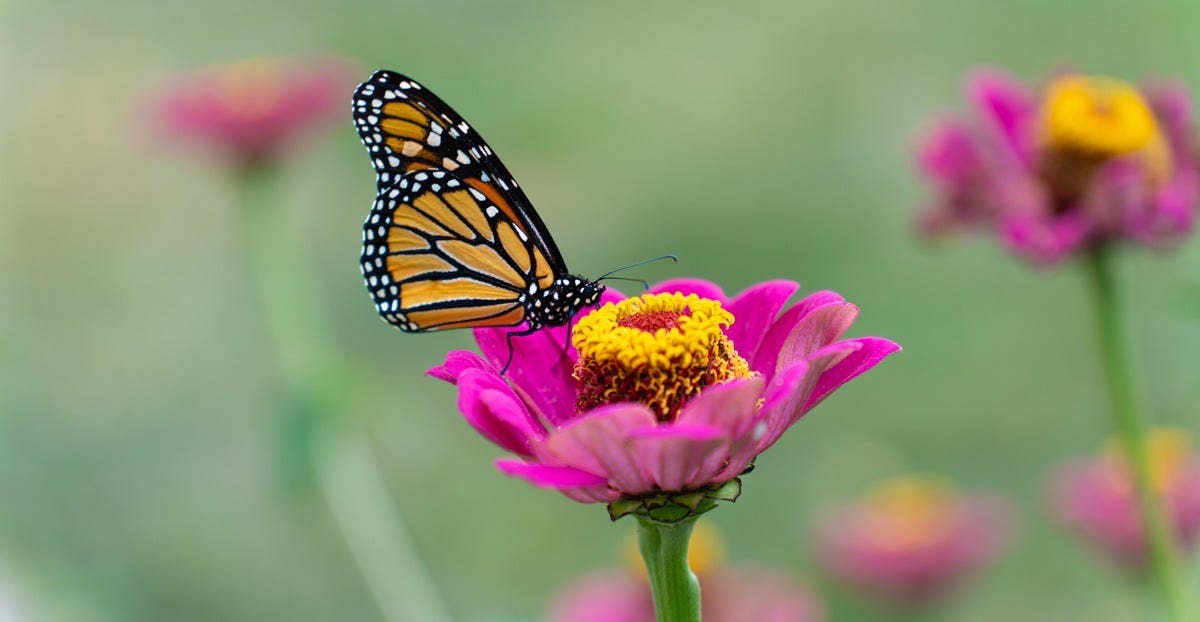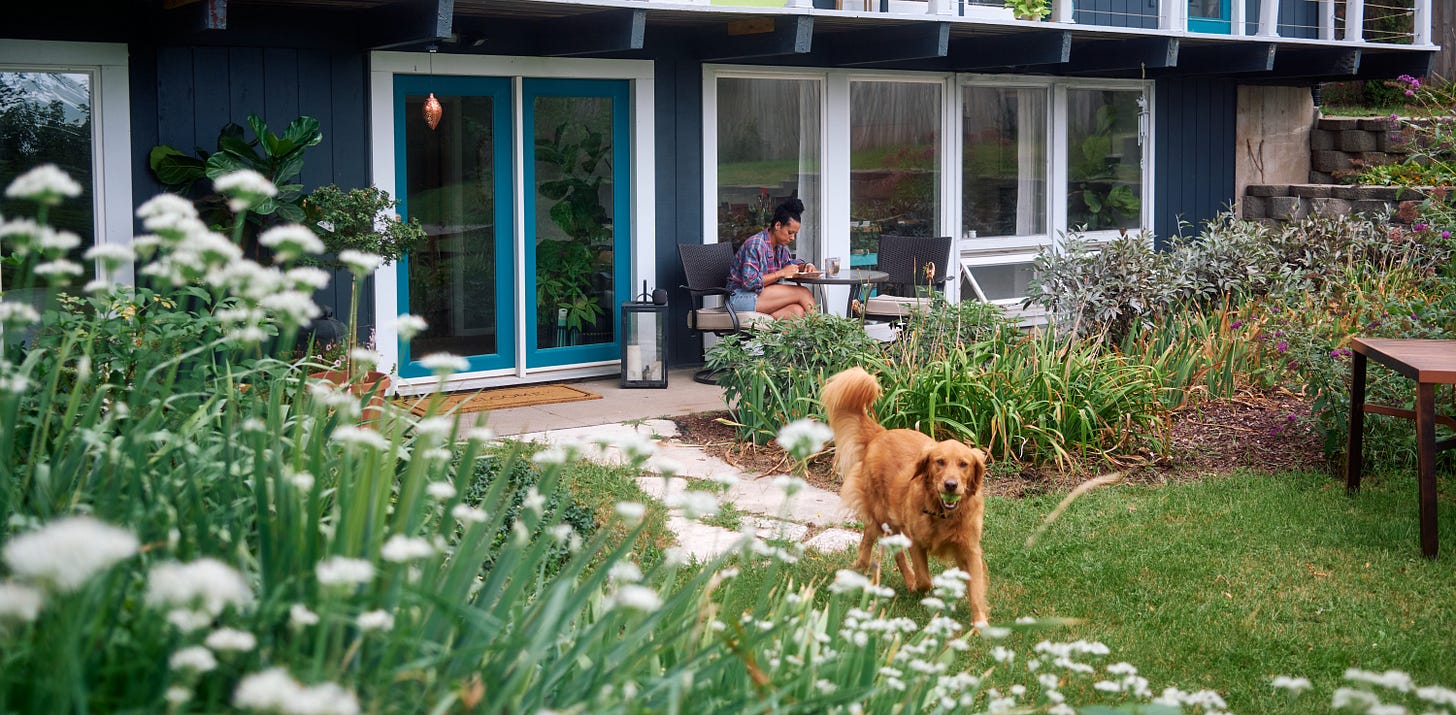My friend Akwi is one of the most creative, generative people I know. She seems to have this deep well of artistic vision and energy. (I could never keep up with her.) So, I find it interesting to read her thoughts about the value of stillness in this guest post for my Sacred to Somebody series. To learn more about the talented Akwi Nji, visit akwinji.com. To see more from the Sacred to Somebody series, click this link.
The Magic of Stillness
There is a certain kind of magic that happens when we stop chasing and start allowing. We live in a world that teaches us to strive, to hustle, to pursue our desires with relentless determination. And while there is merit in ambition, there is also wisdom in stillness. I’ve come to believe that some things—perhaps the most sacred things—are not meant to be chased.
They are meant to come to us in their own time.
Years ago, when my daughters were six and eight years old, we visited a butterfly garden. My older daughter, eager for the butterflies to land on her, flitted from flower to flower, holding out her hand in hopeful invitation. She was filled with excitement and determination, searching for the perfect moment when a butterfly might choose her. Meanwhile, my younger daughter barely seemed to care about the butterflies at all. Instead, she sat quietly on a rock, sketchbook in hand, lost in her own world of creativity and observation. And, sure enough, the butterflies gravitated to her. They landed on her shoulder, her sketchbook, her hair—drawn not by effort, but by her stillness. And she was absolutely tickled by the experience. She smiled at them as they floated around her, landed, floated again.
My older daughter took note and adjusted her approach. Eventually the butterflies took to her, too.
The Whispering Universe
I see this same phenomenon in my own garden, particularly with hummingbirds. There’s a butterfly bush in my backyard and, besides the redbuds in the front yard, the butterfly bush is easily my favorite. It attracts more hummingbirds than butterflies. My first experience with hummingbirds was in my yard during the COVID-19 lockdowns when I was spending nearly everyday in stillness, in the backyard journaling. I actually didn’t even know hummingbirds hung around in this area. I heard it before I saw it. A sudden, loud whirring startled me. I looked up and spotted the hummingbird only a few inches away. It felt magical.
I continued to keep an eye out for them that spring and realized they appeared regularly. I wanted to attract even more, so I got a hummingbird feeder and hung it just outside my bedroom window.
Instead of pleasure, though, it brought chaos. Instead of calm and peace, I woke up each morning to hummingbirds fighting over the feeder, with one choosing to stand guard at a small distance and then swoop in to fend off any other hummingbirds that tried to access the feeder. That hummingbird seemed to literally do nothing else in its day except guard the feeder and then attack any other hummingbirds that came near.
After a few mornings of that – in my pajamas and not even properly caffeinated – I groggily pulled the bird feeder down and tromped over to the neighbors’ house and left it on their stoop.
The birds don’t fight over the bush.
When I sit in anticipation, waiting for them, willing them to appear, they remain elusive. But when I settle into true presence—simply being, without expectation—they arrive, hovering in the air like tiny messengers of the divine. It is as if the Universe is whispering: Stop reaching. Just be.
Stillness and Communion through Words
There is a sacred stillness in art, too. Particularly art that involves words meant to be spoken and heard.
Research has found that when we listen to well-crafted, emotionally-driven true stories, our brains synthesize oxytocin, a neurochemical associated with empathy and trust. This means that the act of storytelling is not just an exchange of information—it is an act of communion, a shared experience that unites speaker and listener on a deep neurological level.
It is no coincidence that the words community, communion, and communication all stem from the same Latin root, meaning “to make common” or “to unite.” Language, when used with intention, brings us together, aligning our emotions, our breath, and even our hearts.
In other words, when we share well-crafted words from stage to an audience, the audience becomes captivated, enraptured, spellbound. We break through to a spiritual dimension, one that is both mythic and real, unseen yet undeniably present.
In a world that often feels fractured and chaotic and on social media, alone, words run rampant and destroy relationships rather than build unity, reclaiming the sacred nature of our words is an act of defiance and hope. It is a reminder that language is not just a tool but a gift, and when offered in communion and stillness it’s a sacred offering.
Stillness as an Act of Faith
So much of life works this way. Love, creativity, inspiration, connection—these things are not seized; they are received. When we loosen our grip and surrender to the moment in stillness, we open ourselves to experience the riches of something bigger than ourselves.
Stillness is not passive. It is an act of faith. It is a quiet knowing that what is meant for us will find us. And in that stillness, in that surrender, we invite the sacred to come closer.






